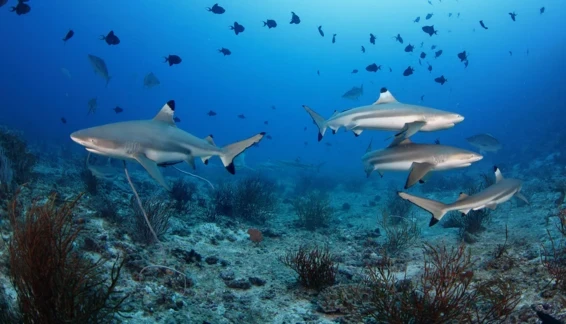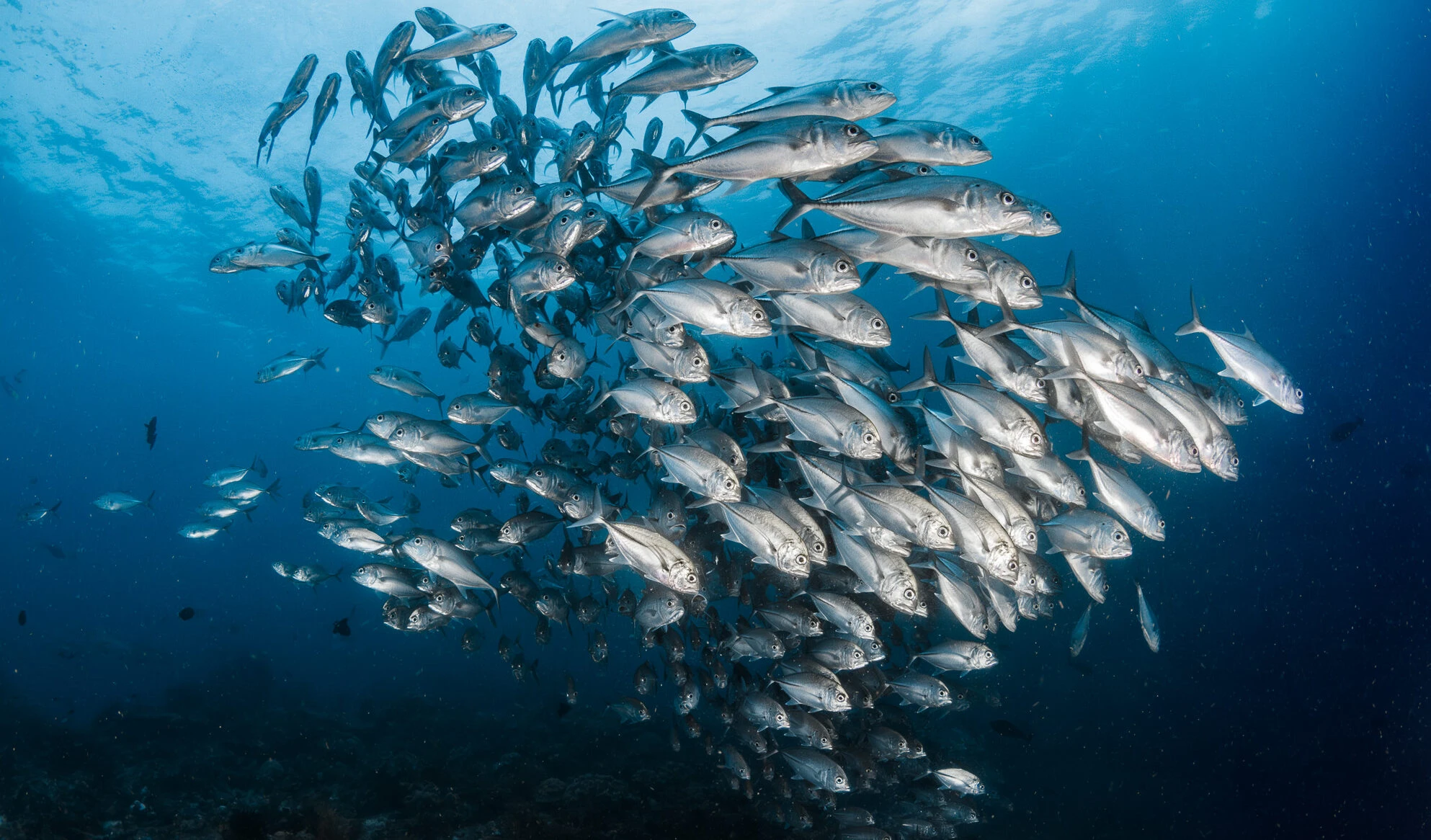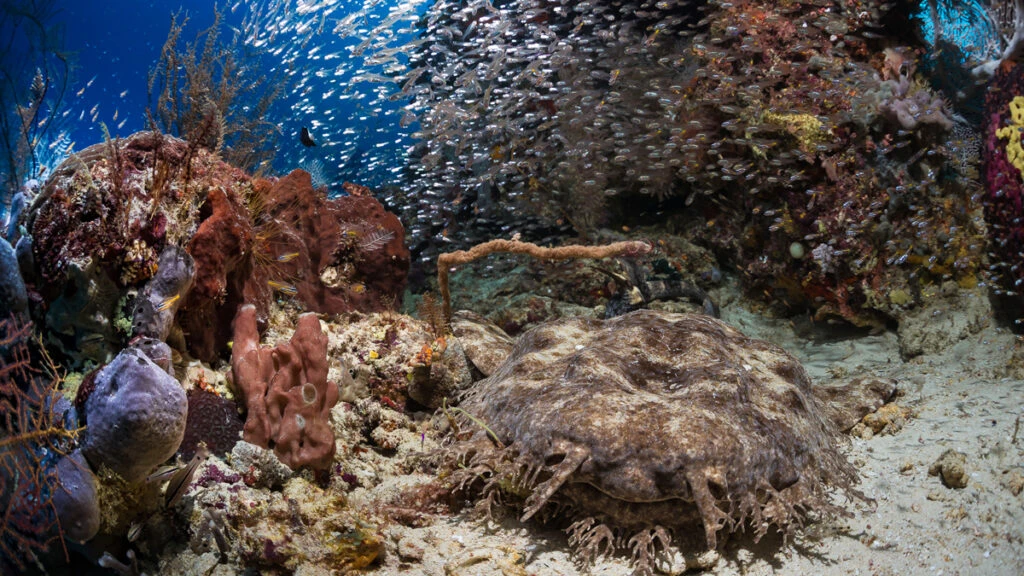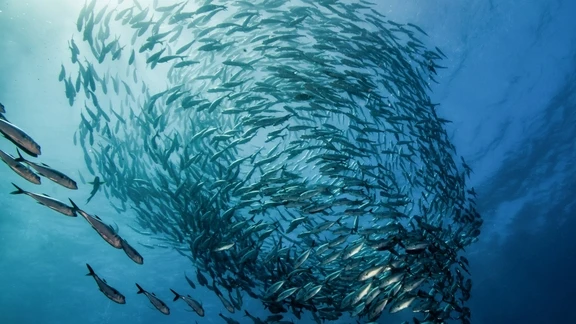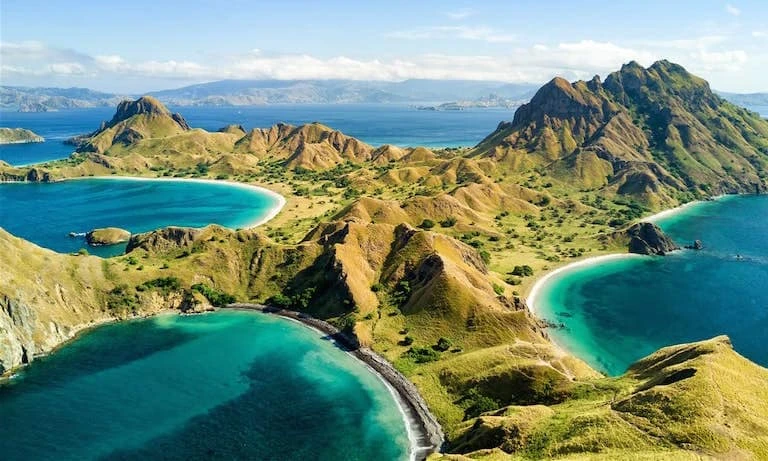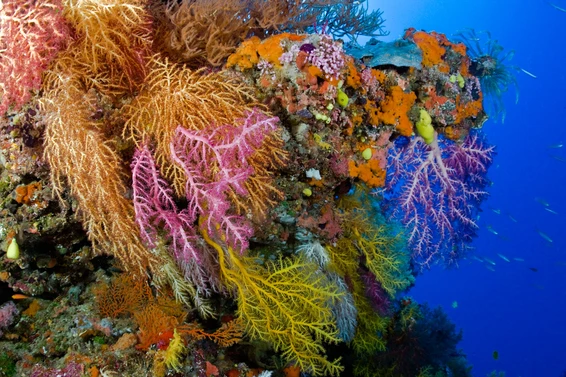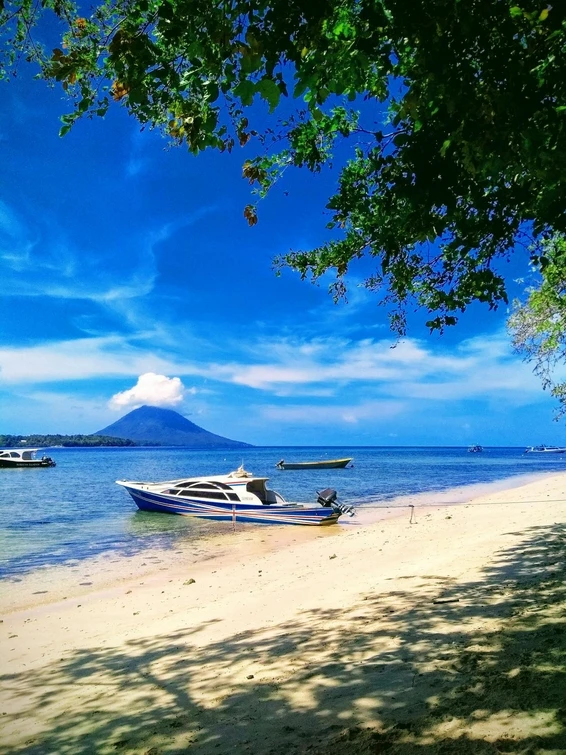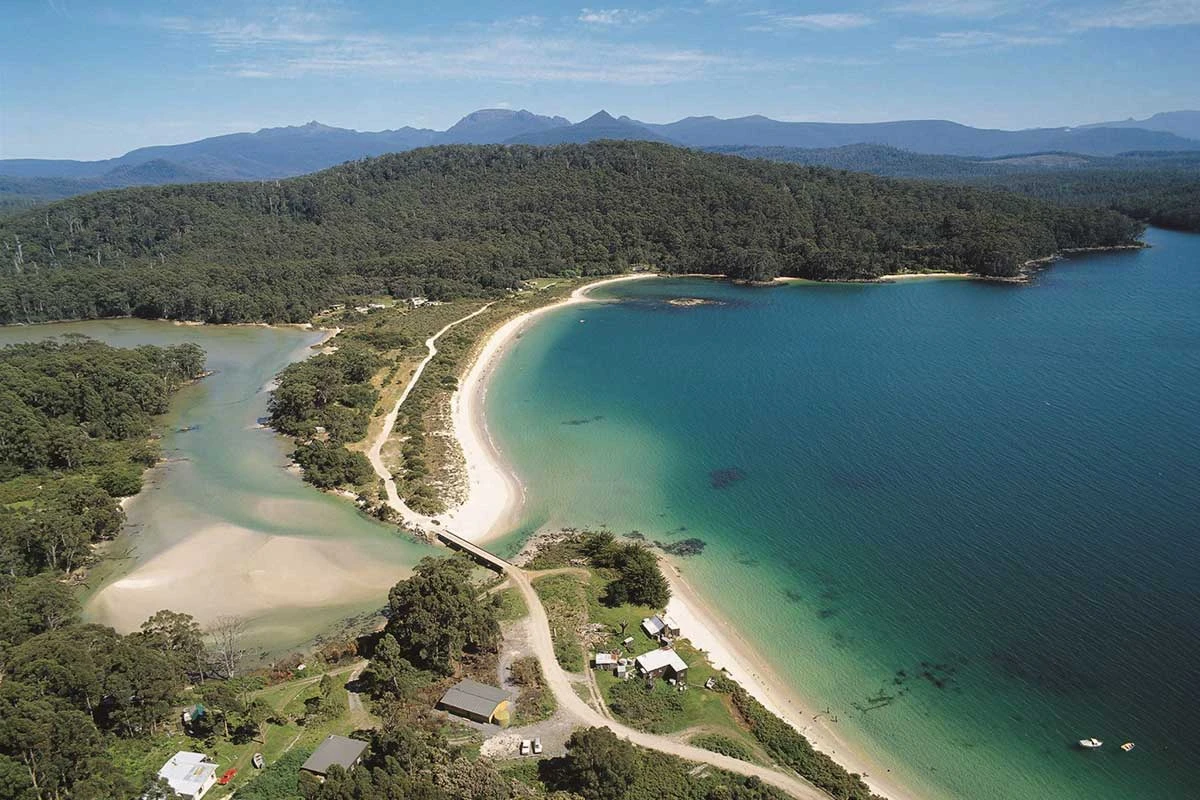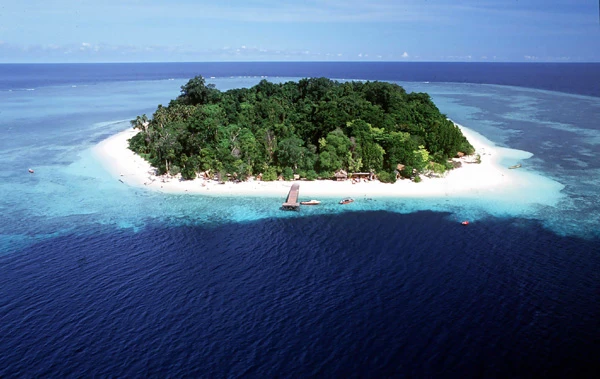Reefs and Parks
In the modern world, few marine locations offer healthy reefs without some form of organised protection. Like many of you, we are passionate about conserving these treasures for many future generations. When visiting marine parks, you are contributing to the well-being of the marine environment. We too visit and dive these destinations. In this section we highlight the good work that is being done to protect the marine environments in our recommended diving travel destinations.
Why are Coral Reefs Important?
Coral reefs are an essential element of the marine ecosystem and are under threat, primarily from climate change and unsustainable fishing methods. They support the web of underwater life and their destruction means disaster for populations of fish as well as the humans that depend on them. Insufficient food, the collapse of the lucrative tourist industry (increasing poverty) and land erosion are some of the consequences for local impacted human societies.
What Can be Done to Safeguard Coral Reefs?
Creating protected areas and national marine parks shows how local communities can get involved and benefit from preserving their marine resources. Governmental bodies need to be involved to ensure long-term planning and enforcement of protective policies. With strong government, NGO support and willing local participation, these areas really can flourish and provide sustainable, continuing returns for the oceans as well as local people.
The Benefits that Accrue from Marine Reserves
The creation of marine protected areas is bearing fruit. Reefs are recovering, alternative livelihoods are being forged by locals once involved in destructive fishing practices, and tourism income is being ensured on a longer term basis in dive destinations that seemed fated for a quick and permanent decline. Education of local populations and their children is creating more informed and in-touch coastal communities who understand and respect the fragility of their environment.
Recreational diving vacations can go hand-in-hand with conservation efforts. Scuba divers taking a vacation at these destinations bring in revenue which is used to further fund conservation programmes, help with clean-ups of beaches and waters, provide for the rehabilitation of reefs and mangrove plantations, implement patrols of the region and help with the enforcement of poaching bans.
Travel The World hopes you will find these articles enlightening and we encourage you to support marine protected areas by visiting them on a regular basis and getting involved where you can. Your tourist dollars are essential to the local economies you visit. If you dive conscientiously and with sensitivity, and contribute to the local community by paying a conservation fee, then your dive vacation has been wholly positive and you are playing a vital role in ensuring the well-being of the scuba destination.
West Papua: The King of Bio-Diversity
The world of science has recently shown an extraordinary interest in the dive region of Raja Ampat in West Papua Province. Dive with blacktip reef sharks in Raja Ampat. Photo courtesy: Sea Safari Cruises While every dive destination claims to have great marine...
New Fish and Coral Species Found During Raja Ampat Expedition
Some of the world's most experienced tropical marine scientists, led by The Nature Conservancy, completed a 3 week expedition to the Indonesian islands of Raja Ampat, where they confirmed that the area contains the richest coral reefs in the world. Diving at Blue...
Raja Ampat Marine Park: Crown Jewel of the Coral Triangle
The Raja Ampat, or Four Kings Archipelago encompasses more than 9.8 million acres of land and sea off the northwestern tip of Indonesia’s West Papua Province. A wobbegong in Raja Ampat. Photo courtesy: Solitude The area includes the 4 large islands of Waigeo, Batanta,...
Komodo Fish Culture Project
The Nature Conservancy's Coral Triangle Centre has successfully handed over its fish culture project to an experienced Indonesian enterprise, PT Karamba Mertha Buana. This company has the necessary technical know-how, financial capability, willingness to work with...
The Komodo National Park: a Hidden World Beyond the Dragon
Scenic view of the Komodo National Park. Photo courtesy: Teman Sandwiched between the larger islands of Flores and Sumbawa, the hilly and desolate Komodo National Park offers you the chance to dive some of the most awe-inspiring reefs in the world and catch a glimpse...
Reef Alert – Coral Reefs Under Threat
Coral reefs around the world are under siege - FACT. Threats from over-fishing, urban coastal encroachment and rising sea temperatures are destroying sensitive corals and devastating the marine life they support. Bleached coral on the Great Barrier Reef. Photo...
Bunaken National Marine Park – Sulawesi’s Legendary Wall Dives
Snorkelling on the incredible walls of Bunaken The park was formally established at Bunaken in 1991 and was among the first of Indonesia's growing system of marine parks. The park measures in at just under 80,000 hectares of land (3%) and sea (97%), located in Manado...
Bali’s Marine Protected Areas – Where Community and Conservation Create Sanctuary
Indonesia's most popular tourist island has 2 official marine protected areas: The Bali Barat National Park The Nusa Penida Marine Protected Area Bali Barat Bali Barat National Park The Bali Barat National Park, or West Bali National Park, covers 190 km² of which...
A Brief History of Pulau Sipadan – From Obscure Island to World’s Top Dive Site
Rising majestically from the deep blue heart of the Celebes Sea, Sipadan Island is often hailed as the crown jewel of diving. But long before it was consistently ranked among the top dive sites on Earth, this oceanic volcano had a rich and tumultuous history. Its...
